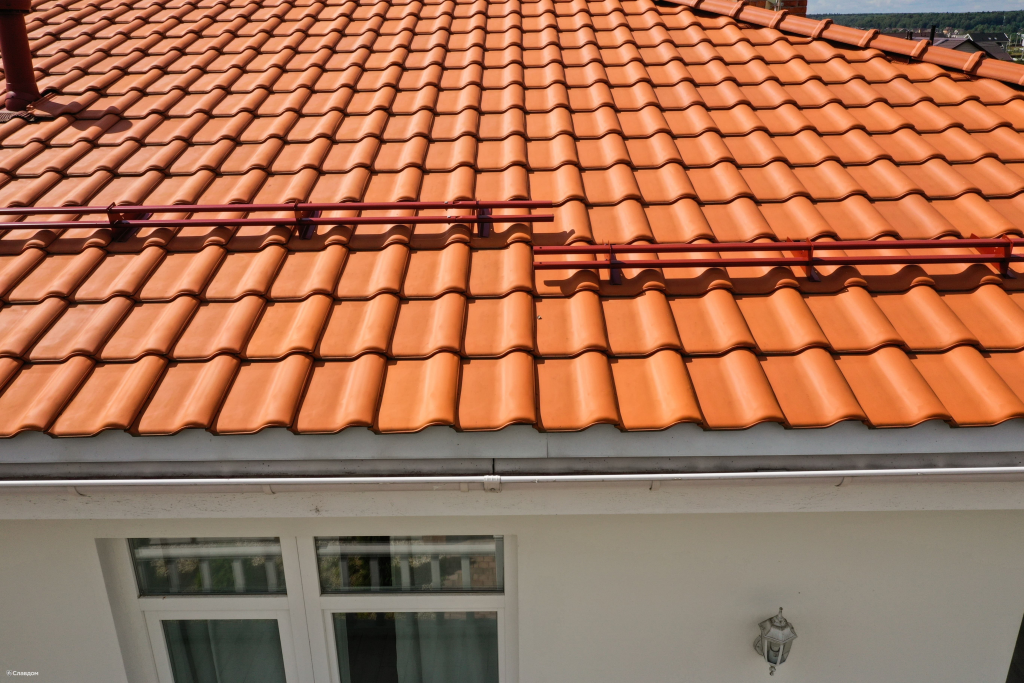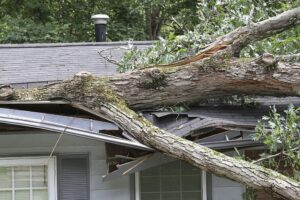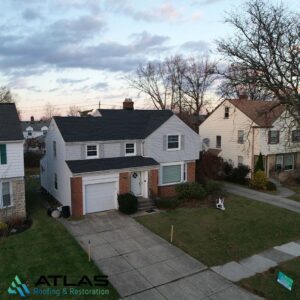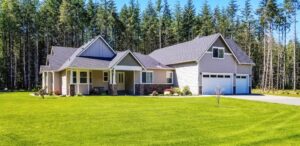As commercial building owners increasingly focus on sustainability, energy efficiency has become a key priority. One often overlooked but highly effective way to enhance the energy efficiency of a commercial space is through the installation of roof skylights. Skylights not only improve the aesthetic appeal of a building but also provide numerous benefits, especially in terms of energy savings. In this blog, we will explore how roof skylights can improve the energy efficiency of your commercial building, contributing to reduced utility costs, enhanced natural lighting, and a more sustainable environment.
What Are Roof Skylights?
A roof skylight is a transparent or translucent installation on the roof of a building that allows natural light to enter the interior. Typically made from glass or acrylic materials, skylights come in various shapes and sizes and can be fixed or operable. These installations can be used in both residential and commercial settings, and in commercial buildings, they provide numerous benefits, especially in terms of energy efficiency.
Natural Daylighting: A Sustainable Solution for Commercial Buildings
One of the primary advantages of roof skylights is their ability to bring in natural light. This natural light can reduce the need for artificial lighting, which in turn lowers energy consumption. In many commercial buildings, artificial lighting accounts for a significant portion of electricity usage. By using skylights, you can reduce the reliance on electrical lighting systems during the day, potentially saving thousands of dollars annually in electricity bills.
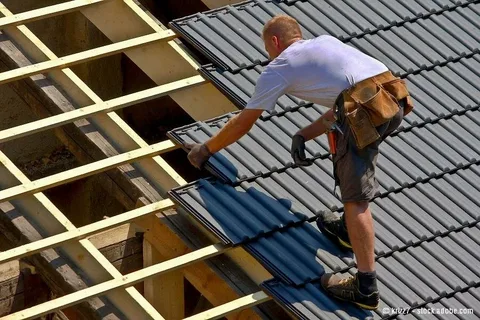
The energy savings provided by skylights are particularly impactful in spaces that require consistent lighting, such as offices, hallways, lobbies, and conference rooms. With the right placement, skylights can help reduce the need for artificial lights throughout the building, ensuring that natural daylight is maximized.
Moreover, the increased daylight can enhance the overall ambiance of a space, improving employee productivity and customer satisfaction. A well-lit workspace is often perceived as more inviting and comfortable, contributing to a positive work environment and reducing the need for overhead lighting.
How Skylights Help Reduce Cooling Costs
In addition to providing natural light, skylights can help regulate indoor temperatures, which has a direct impact on cooling costs. During warmer months, when the heat from the sun can cause interior temperatures to rise, skylights with proper ventilation features can allow hot air to escape, creating a natural cooling effect.
This ventilation effect helps to lower the reliance on air conditioning systems, reducing the energy needed to keep the building cool. Moreover, the installation of high-performance skylights with energy-efficient glazing options, such as Low-E glass, can prevent excess heat from entering the building, keeping temperatures more comfortable and reducing the need for air conditioning during the summer months.
For buildings in warmer climates, skylights with automatic venting systems can be especially beneficial. These systems open and close the skylights depending on the indoor temperature, ensuring that hot air is released, and cooler air can enter the space naturally. This feature helps maintain a consistent and comfortable indoor environment, without the need for excessive cooling.
Thermal Insulation: Keeping the Heat In During Winter
In colder months, roof skylights can also help maintain indoor temperatures by providing additional thermal insulation. Modern skylights are designed with energy-efficient glazing that minimizes heat loss, which can be particularly advantageous in commercial buildings that experience significant temperature fluctuations.
Skylights with insulated frames and low-emissivity (Low-E) coatings prevent warm air from escaping, ensuring that the building retains heat during winter. This reduction in heat loss leads to lower heating costs and a more comfortable indoor environment. The combination of insulation and natural light can make skylights a valuable asset in both cold and warm climates, reducing the need for artificial heating and cooling.
Energy Efficiency and Green Building Certifications
For businesses looking to achieve green building certifications such as LEED (Leadership in Energy and Environmental Design), the installation of skylights can be an excellent step in the right direction. Natural daylight is a key component of many green building standards, as it reduces the building’s overall energy consumption and lowers its environmental impact.
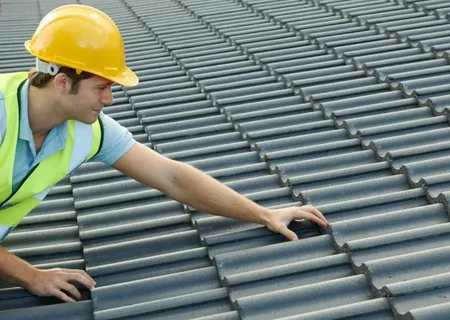
Skylights can contribute to a building’s energy performance score by reducing the need for electrical lighting and decreasing the energy required for heating and cooling. As a result, incorporating skylights can help your commercial building achieve or maintain green building certifications, boosting your company’s sustainability profile and increasing the appeal of your property to eco-conscious tenants and customers.
Benefits Beyond Energy Efficiency
While energy efficiency is a key benefit of installing roof skylights, there are other advantages to consider as well. Some of these include:
- Aesthetic Appeal: Skylights bring an element of beauty and sophistication to a commercial space, making the interior feel more open and airy. They can also be used strategically to highlight architectural features, creating a unique design element in the building.
- Health and Well-being: Exposure to natural light has been shown to have a positive impact on health and well-being. Natural light helps regulate circadian rhythms, which in turn improves sleep patterns and increases overall productivity. In office spaces, employees who have access to natural light tend to report higher levels of satisfaction and engagement.
- Reduced Carbon Footprint: By utilizing natural light, skylights can help reduce a building’s reliance on artificial lighting, lowering its carbon footprint. Additionally, skylights reduce the need for artificial cooling and heating, contributing to a reduction in greenhouse gas emissions associated with the building’s energy use.
- Long-Term Savings: The upfront cost of installing skylights may be higher than traditional roofing materials, but the long-term savings in energy costs can quickly offset the initial investment. Skylights can also increase the value of a commercial building, making it a worthwhile investment for property owners.
- Improved Aesthetics and Comfort: Roof skylights enhance the visual appeal of commercial buildings by allowing occupants to enjoy unobstructed views of the sky and surroundings. This can create a more enjoyable and relaxing environment, whether in an office, retail space, or public facility.
Choosing the Right Skylights for Your Commercial Building
When considering the installation of roof skylights, it’s essential to choose the right type of skylight to suit the specific needs of your building. There are various factors to take into account, such as:
- Size and Placement: The size and placement of skylights will significantly affect how much natural light enters the space. It’s essential to consult with a professional to determine the optimal placement based on the layout and orientation of the building.
- Energy Efficiency Ratings: Look for skylights with high energy efficiency ratings, such as those with double or triple glazing and Low-E coatings. These features help maximize insulation and prevent heat loss or gain.
- Ventilation Features: Skylights with ventilation capabilities allow for natural airflow, which is especially beneficial in hot climates or in spaces that require constant temperature regulation.
- Durability and Weather Resistance: Commercial skylights should be durable and resistant to the elements, including heavy rain, snow, and extreme temperatures. Choose skylights made from high-quality, weather-resistant materials to ensure longevity and performance.
Conclusion
Roof skylights offer a range of benefits that can significantly improve the energy efficiency of your commercial building. By allowing more natural light to enter the space, skylights reduce the need for artificial lighting, helping you save on electricity costs. They also improve indoor comfort by regulating temperature, which reduces the need for artificial heating and cooling. Additionally, skylights contribute to the sustainability of your building, helping you achieve green building certifications and reduce your environmental impact.
If you’re considering installing skylights in your commercial building, it’s important to work with a trusted roofing and restoration company that can guide you through the selection and installation process. At Atlas Roofing & Restoration, we specialize in providing energy-efficient roofing solutions, including skylight installation, to help businesses improve their energy performance and reduce operational costs. Contact us today to learn more about how we can enhance the energy efficiency of your commercial building with high-quality roof skylights.

